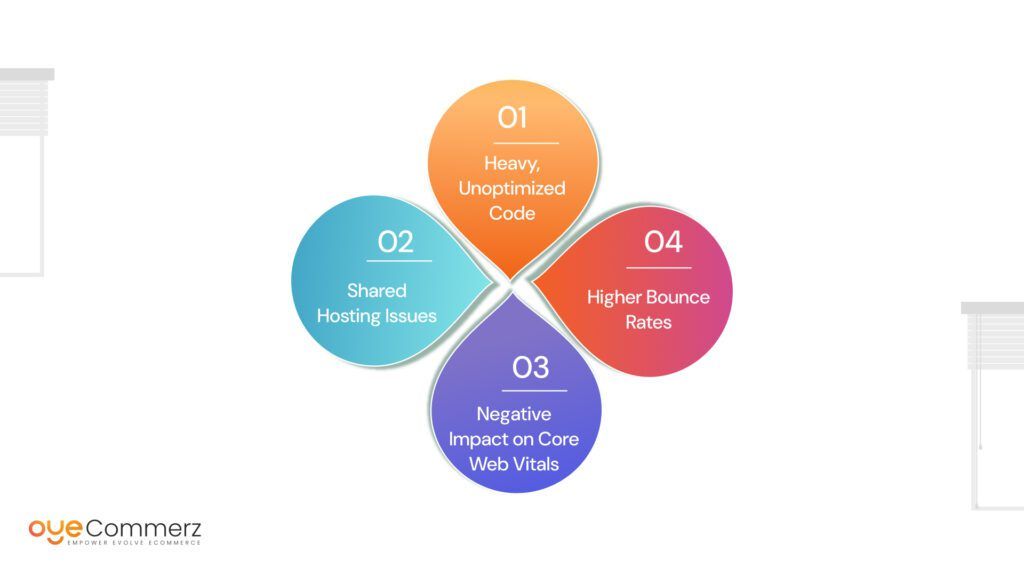In today's digital environment, selecting the appropriate e-commerce solution is crucial for enterprise growth. If you're presently utilizing Wix but are considering a move to Shopify, you are in good company. Numerous businesses are migrating to Shopify to take advantage of its powerful capabilities, scalability, and specialized e-commerce tools. This article will walk you through the migration process, guaranteeing a seamless transition and preparing you for e-commerce success.
Why Migrate from Wix to Shopify?
Before exploring the migration process, it's important to recognize why Shopify might be a superior choice for your e-commerce requirements:
- Specialization: Unlike Wix, which caters to multiple website types, Shopify is designed exclusively for e-commerce, offering advanced features and features optimized for digital commerce.
- Scalability: As your company expands, Shopify can easily accommodate increased traffic and sales capacity without sacrificing performance.
- Wide-ranging App Ecosystem: Shopify offers a large collection of apps that can boost your store's functionality, from advertising solutions to inventory management solutions.
- Search Engine Optimization: Shopify provides better SEO tools, which can help boosting your store’s visibility on Google and others.
- Payment Options: With numerous payment gateways available, including Shopify Payments, you can offer customers a wide range of options.
Getting Ready for Migration
To guarantee a trouble-free transition from Wix to Shopify, follow these preparatory guidelines:
1. Save Your Information
Export all your data from Wix, including item information, customer information, and order history. This step is vital as it ensures you have a backup of all data before starting the migration.
2. Select a Pricing Option Shopify SEO
Evaluate the different Shopify plans offered and select one that aligns with your business needs. Consider factors such as costs, features Search engine visibility included, and scalability options.
3. Create Your Shopify Profile
Create your Shopify account and familiarize yourself with the platform’s interface and tools.
The Migration Process
Now that you are ready, it’s time to transfer your store from Wix to Shopify. Here’s how:
1. Transfer Items
Utilize Shopify's integrated import tool or external tools like Cart2Cart or LitExtension to transfer your items from Wix to Shopify.
Ensure that item details, images, prices, and variants are accurately imported.
2. Transfer Customer Data
Import client details such as names and contact info into your new Shopify store. This step is critical for retaining client connections and advertising strategies.
3. Configure Transactions
Set up payment gateways in your Shopify store to guarantee smooth payments. You can select from multiple platforms like credit cards, PayPal, and others.
4. Customize Your Store Design
Select a theme that aligns with your brand identity. Modify it using Shopify's design tools to create an appealing and user-friendly store layout.
5. Search Engine Optimization
Implement SEO strategies during the transition process:
- Set up 301 redirects from old Wix URLs to new Shopify URLs.
- Enhance product titles, details, and images with relevant search terms.
- Modify meta tags and alt texts for better search engine visibility.
Post-Migration Steps
Once your store is live on Shopify, consider these post-migration steps:
1. Check Your Website
Conduct thorough testing of your new store:
- Verify item listings for correctness.
- Test transaction methods.
- Make sure all hyperlinks work correctly.
2. Promote Your Store
Announce your new store launch through email newsletters and social platforms.
Think about running promotions or sales to draw shoppers.
3. Monitor Performance
Leverage analytics tools within Shopify to track revenue growth and user activity.
Adjust your strategies based on performance analytics.
Conclusion
Migrating from Wix to Shopify can significantly improve your e-commerce capabilities and set the stage for growth and success. By adhering to this guide and taking a step-by-step approach to the migration process, you can ensure a seamless transition that minimizes downtime and maximizes opportunities for revenue. Embrace the change and see your online store thrive on its new platform!

 Ralph Macchio Then & Now!
Ralph Macchio Then & Now! Michelle Pfeiffer Then & Now!
Michelle Pfeiffer Then & Now! Tahj Mowry Then & Now!
Tahj Mowry Then & Now! Terry Farrell Then & Now!
Terry Farrell Then & Now! Ricky Schroder Then & Now!
Ricky Schroder Then & Now!